The content of the article
The period of pregnancy for each woman is a special, magical and incredibly responsible time. When a baby grows under the heart, a woman must carefully choose what surrounds her, what she is treated with, what she eats and drinks, and even what air she breathes. After all, all this affects the health and development of the baby in the womb. Doctors say that taking some potent drugs can cause serious pathologies, even medications that are allowed during pregnancy can have unpleasant consequences, for example, loose and weak teeth in a baby after birth. What can we say about alcohol, which is completely banned, especially in the early stages of pregnancy. But what if it's soft drinks, like wine? Is it possible to drink a couple of sips and enjoy the familiar taste? After all, a woman, in addition to anxiety, has a lot of taste preferences, which must be satisfied. In this article we will talk about the essence of non-alcoholic wine, find out if the drink is allowed during pregnancy and how much you can drink so as not to harm the baby in the womb.
What is non-alcoholic wine?
Today, almost any alcoholic drink has its own non-alcoholic counterpart - beer, wine, champagne. This allows people to enjoy their favorite tastes, but remain in a sober mind and a clear memory, drive a car, etc. This drink is also beneficial for pregnant women - there is no alcohol in it, which means that harm to the fetus in the womb is reduced to a minimum. But frankly speaking, non-alcoholic wine still has ethanol, not more than 0.5%. Such an alcohol content can be found in kefir, fermented baked milk and other dairy products, which are unambiguously acceptable for use during pregnancy. To understand the mechanism of action of non-alcoholic wine, you need to understand how it is made.
The process of making wine begins, as usual - grapes are harvested, pressed and extracted from it, delicious and sweet juice, which is subsequently poured into huge vats and left for fermentation. Non-alcoholic wine is made exactly the same, with one exception. When the wine is ready, it is subjected to some procedures that allow you to get rid of alcohol in the composition of the drink. So, there are three ways to remove alcohol from ordinary wine.
- Evaporation. If you put the wine on the fire and bring it to a boil, the drink will begin to evaporate. Since alcohol evaporates even at low temperatures, it is the first to leave the liquid, after a few minutes the drink becomes non-alcoholic. However, this method is not used in modern production, since a lot of useful components are evaporated together with alcohol when heated. Moreover, when heated, the wine loses its unique taste. This is the simplest, but one of the most unclaimed methods of lowering the degree of such a noble drink.
- Water distillation. This is another way that you can get rid of ethanol in the drink. Bubbles of heated water vapor are passed through large vats of wine. Moving on the drink, they absorb alcohol in themselves, and then safely bring it out. The method is much more humane, however, when passing water vapor, the wine also heats up, although not to a boil. Water distillation allows you to keep the taste of the drink, but useful substances are still partially lost. Therefore, the third way of removing alcohol is considered the most optimal and gentle.
- Molecular filtration. In this case, ordinary wine is passed through a filter of special substances that pass the drink, but retain alcohol molecules.The wine is cleaned very carefully, does not heat up and does not lose its beneficial properties, smell and taste. Today it is the most popular procedure for obtaining non-alcoholic wine.
Therefore, future mothers can have no doubt that non-alcoholic wine is really safe, although it seems to taste like a regular drink. However, it should be borne in mind that non-alcoholic wine costs a little more than its ethyl counterpart, quality non-alcoholic wine can not be cheap.
Can I drink non-alcoholic wine during pregnancy?
Answering this controversial question, it must be borne in mind that in some cases unscrupulous producers may give out a non-purified drink for non-alcoholic wine. For this reason, it is worth drinking wine in small portions, and only in the second and third trimester. The fact is that in the early stages there is an active laying of the baby's organs, any external influence can lead to irreparable consequences and pathologies in the fetus. Therefore, before 12-13 weeks, it is still worth giving up such drinks. But then, when the baby is fully formed and only grows, 100-150 ml of non-alcoholic wine per week is acceptable, and then, in small portions, not more than 50 ml. Even a small amount of ethanol (which is stored in soft drinks) can have a negative effect. And yet, before buying, pay attention to the shelf life of the product. Non-alcoholic wine cannot be stored for years, like its ethyl counterpart, it lacks an antiseptic component. Having opened the bottle, be sure to check the wine for smell - the drink should not be sour, the aroma should not differ from ordinary wine. Pregnancy poisoning is very dangerous.
The benefits of non-alcoholic wine for pregnant women
We have already said that during the removal of ethanol, all beneficial substances are retained in the drink. This is very important, because the wine really contains the valuable components that a pregnant woman needs.
- Red non-alcoholic wine perfectly raises hemoglobin.
- Wine without alcohol helps some women cope with toxicosis, an ongoing feeling of nausea.
- Drinking non-alcoholic wine helps a woman psychologically feel full, not an outcast, especially on days of general celebrations when everyone around is drunk.
- Non-alcoholic wine allows a woman to relax, stop being nervous, which is so necessary for future mothers.
- Good quality red wine perfectly improves appetite.
- The wine has many useful trace elements that are necessary in the process of bearing the fetus.
- It is proved that moderate consumption of wine improves skin tone, makes it more elastic, stimulates collagen production, which is very useful for pregnant women in the fight against stretch marks on the stomach.
- The use of wine in small doses stimulates the metabolic processes in the body, so it was always offered before hearty dinners. But women in the position of non-alcoholic wine can get rid of excess fat deposits on the hips and sides.
Remember that all the useful properties of the product can be obtained only with minimal use. If you drink a lot of wine, you will not only not benefit, but you can harm your baby.
Pregnant women have a strange, sometimes perverse taste. And often he is faced with male pragmatism, when his beloved man forbids eating harmful products and drinking dangerous drinks. Fortunately, a compromise in this situation will be found - this is a non-alcoholic wine that is not only tasty and safe, but also healthy.
Video: Can I drink alcohol during pregnancy?

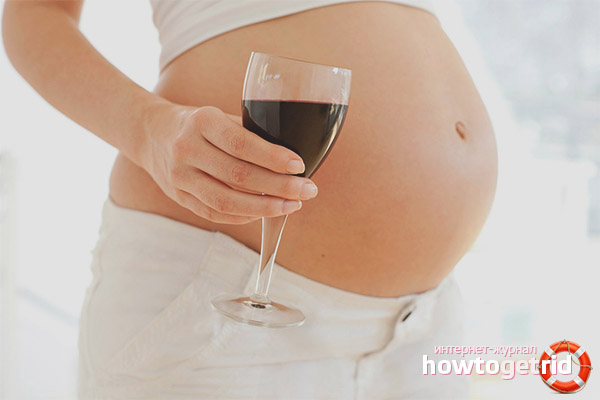
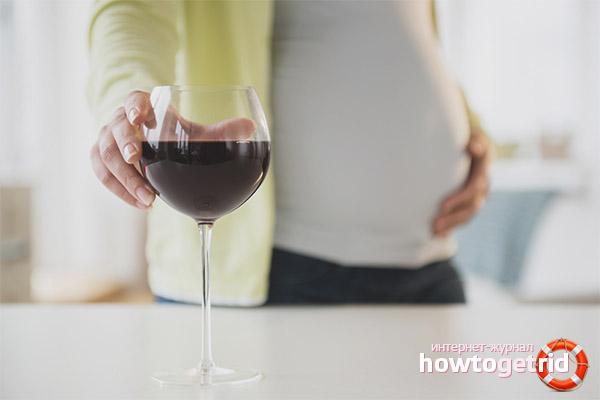
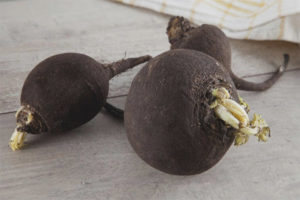

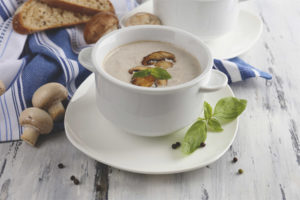
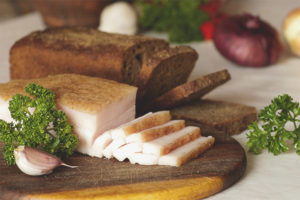
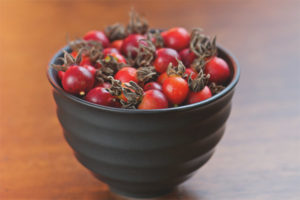
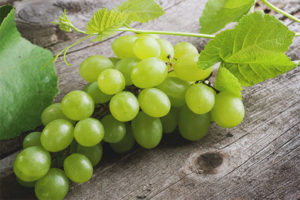


Submit